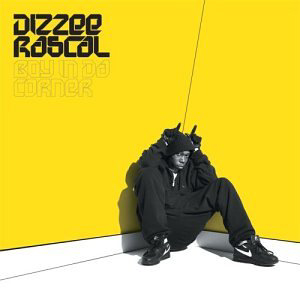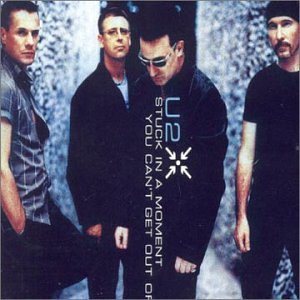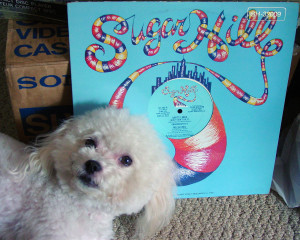Although 1989 may not have been a groundbreaking year for popular music, it bestowed upon us an array of iconic hits spanning diverse genres. Take, for instance, The B-52’s infectious “Love Shack,” with its quirky lyrics and irresistible beat that whisked revelers away to a neon-lit haven of love and laughter. Meanwhile, Neneh Cherry’s “Buffalo Stance” effortlessly blended hip-hop beats and funk, showcasing Cherry’s distinct rap-singing style and exuding an aura of boldness and unapologetic confidence.
On a more introspective note, The Cure’s “Lovesong” captured the poignant ache of love’s longing through haunting melodies and Robert Smith’s plaintive vocals. In contrast, Paula Abdul’s “Straight Up” emerged as a pop gem, infusing catchy hooks with Abdul’s signature sassy charm. Public Enemy’s “Fight the Power” thundered onto the scene as a resounding anthem against social injustice, urging listeners to question authority and demand change.
Meanwhile, De La Soul’s “Me, Myself And I” provided a playful yet insightful commentary on self-identity and individuality, solidifying their status as pioneers of alternative rap. Pixies’ “Debaser” shattered musical conventions with its raw energy, while N.W.A’s “Express Yourself” defiantly resonated with those embracing authenticity. Enya’s “Orinoco Flow” whisked us away on Celtic winds, and Young M.C.’s “Bust A Move” had us grooving to its playful rap verses.
Then there were the soulful strains of Guns N’ Roses’ “Patience,” revealing a softer side to the rock rebels, and Madonna’s “Like a Prayer,” a fusion of pop sensibility with gospel-infused vocals that pushed boundaries. Fine Young Cannibals’ “She Drives Me Crazy” pulsated with infectious energy, blending pop, new wave, and soul, while Prince’s “Batdance” defied genres with its blend of funk, rock, and pop flamboyance. Meanwhile, Nirvana’s “About a Girl” hinted at the seismic shift the band would bring to the music industry.
Reflecting on the music of 1989, we’re reminded of its enduring legacy and profound impact on contemporary music. Each song in this playlist serves as a time capsule, transporting us to a moment when music had the power to unite, inspire, and ignite imaginations. So let’s press play and embark on a journey through the sonic landscape of 1989, where every note resonates with the magic of music.
Follow Tunes du Jour on Facebook
Follow Tunes du Jour on Twitter
Follow me on Instagram




